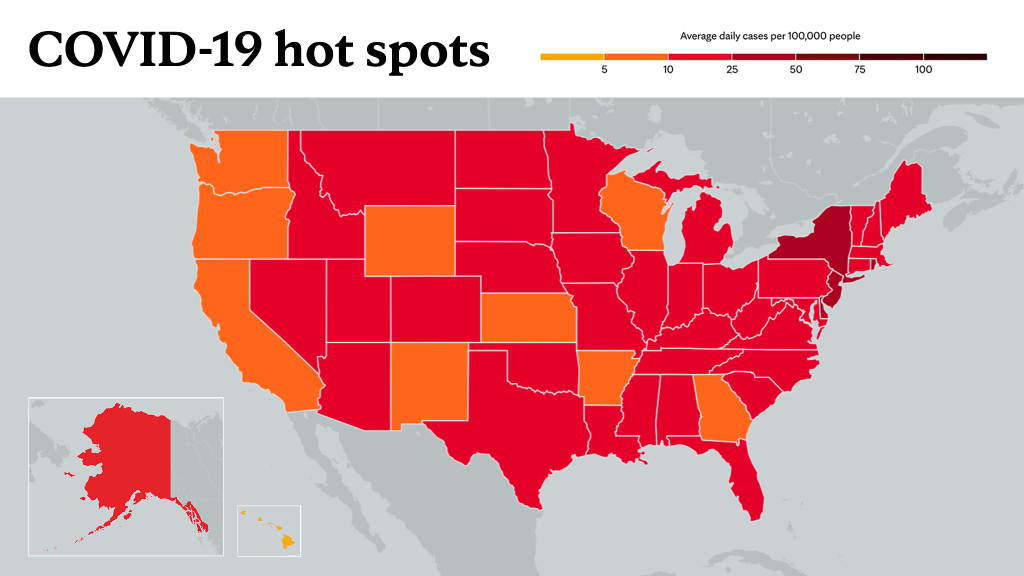
Not necessarily. There's concern that side effects from the vaccine to prevent coronavirus disease 2019 (COVID-19) could be mistaken for breast cancer on a mammogram. But that doesn't mean you should cancel your mammogram if you've received your vaccine. Instead, contact the facility where your mammogram is scheduled to ask for guidance.
This article is written by Mayo Clinic Staff.
_________________________________________
The vaccine that prevents COVID-19 can cause swollen lymph nodes under the arm in which the shot was given. Your lymph nodes are part of your body's germ-fighting immune system. The swelling in the lymph nodes is a sign that your body is responding to the vaccine and building up defenses against the virus that causes COVID-19.
Breast cancer also can cause swelling in the armpit if cancer cells spread to the lymph nodes.
Some health care providers are concerned that having a mammogram soon after vaccination may cause unnecessary worry about swollen lymph nodes. For that reason, some have recommended waiting four to six weeks after your final vaccine dose before having a mammogram. That way, any lymph node swelling caused by the vaccine has time to go away.
Others, including Mayo Clinic, recommend that mammograms continue as scheduled. But be sure to tell your health care provider about your vaccination, the date it occurred and which arm was affected. This information will be helpful for understanding the mammogram images.
If lymph node swelling is found on your mammogram and you've recently received the COVID-19 vaccine, the radiologist who interprets your mammogram images will consider this when recommending whether additional imaging or follow-up is needed.
Related posts:
- Screening mammograms and COVID-19 vaccine
- Mayo Clinic Minute: Don’t delay mammograms, other breast cancer screening
____________________________________________
For the safety of its patients, staff and visitors, Mayo Clinic has strict masking policies in place. Anyone shown without a mask was either recorded prior to COVID-19 or recorded in a nonpatient care area where social distancing and other safety protocols were followed.
Information in this post was accurate at the time of its posting. Due to the fluid nature of the COVID-19 pandemic, scientific understanding, along with guidelines and recommendations, may have changed since the original publication date.
For more information and all your COVID-19 coverage, go to the Mayo Clinic News Network and mayoclinic.org.
Learn more about tracking COVID-19 and COVID-19 trends.








